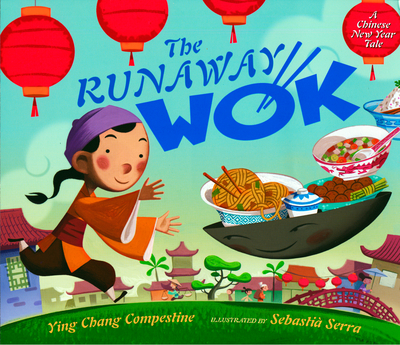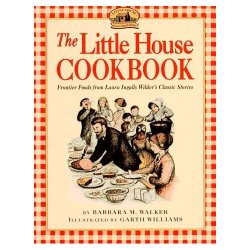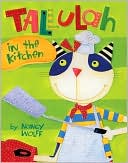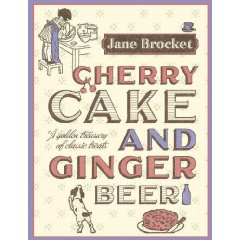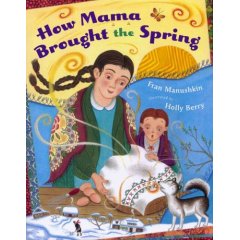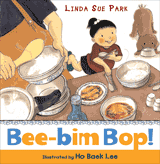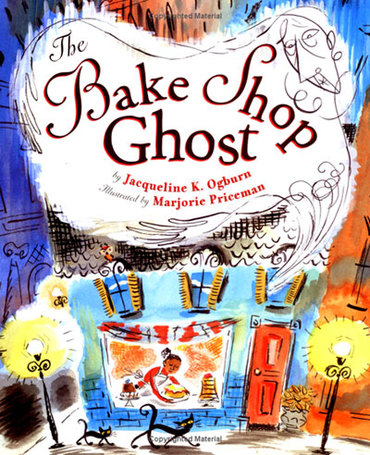 [A very occasional feature in which the Books Together Test Kitchen (that would be me and my kids) prepares a recipe from the back of a picture book. This one makes a moist delicious chocolate cake.]
[A very occasional feature in which the Books Together Test Kitchen (that would be me and my kids) prepares a recipe from the back of a picture book. This one makes a moist delicious chocolate cake.]
We seem to check out The Bake Shop Ghost by Jacqueline K. Ogburn (illustrated by Marjorie Priceman; Houghton Mifflin, 2005) several times a year: on Valentine's Day, for Milly's birthday, at Halloween (although it's not really that kind of ghost).
It's a lovely, longer picture book about the ghost of Cora Lee Merriweather, who haunts her bake shop, scaring away an international assortment of bakers, until pastry chef and new proprietess Annie Washington promises to "Make [her] a cake so rich and so sweet, it will fill me up and bring tears to my eyes. A cake like one I might have baked, but that no one ever made for me." Annie has to bake a lot of cakes before the sweet and satisfying conclusion, but thankfully the one at the back of the book comes out perfect every time.
The Bake Shop Ghost was featured on NPR way back when and even made into a short film (starring Academy-Award nominated Marianne Jean-Baptiste as Annie); it doesn't seem to be available on DVD or streaming, but the trailer at least is true to the book. Which, I am happy to say, I finally bought.
Notes from the Test Kitchen
- The recipe calls for 4 tablespoons of buttermilk powder (look for it in a tin in the grocery store baking aisle, or order a bag from King Arthur Flour). If you don't have buttermilk powder, substitute one cup buttermilk for the water. And if you don't have buttermilk, use a scant cup of milk + one tablespoon fresh lemon juice (let sit for ten minutes first). Just don't let the buttermilk powder (or lack thereof) stop you from baking the cake.
- Use a bar or two of your favorite dark (bittersweet) chocolate rather than baking chocolate. We like Callebault.
- No need for frosting (although you certainly could). Try it with raspberries and whipped cream instead. It's nice for Valentine's Day, too, baked in a heart-shaped pan.
[Sadly, the hardcover copy I bought has an inane blurb embazoned on the cover ("This book is yummy!"). At least it looks sort of like the little owl is saying it.]
